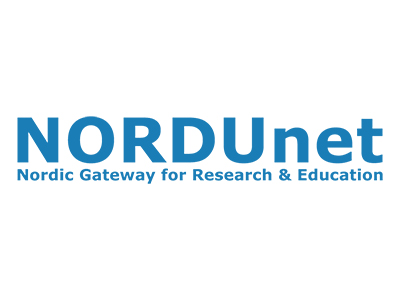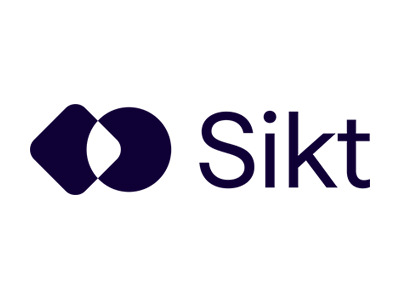Deployment and maintenance of scientific sensors in the oceans is costly. This has created momentum for the idea of using already installed fiber optical connections to obtain scientific data. In the EU backed SUBMERSE project (SUBMarine cablEs for ReSearch and Exploration), 24 partners are building proof-of-concept. Norwegian universities NTNU and University of Bergen are leading partners, supported by NORDUnet, Norwegian NREN Sikt, and Danish NREN DeiC.
The project was initiated in 2023 and currently has three data collection sites – in Norway, Greece, and Portugal.
One technique used is distributed acoustic sensing (DAS), which is reminiscent of a one-dimensional radar. An optical pulse is launched into the end of the fiber, and the backscattering taking place at different points through the fiber is measured. Movement of marine animals or ships in the vicinity will make the cable vibrate as will seismically noise. These vibrations translate into strain in the fiber which can be detected.
Another relevant technique is state of polarization (SOP) which is especially effective for detecting ships near submarine cables due to its sensitivity to changes in polarization caused by nearby mechanical vibrations.
Involves complex data management
Supporting good data management practices, the SUBMERSE project adheres to the FAIR principles: Findable, Accessible, Interoperable, and Reusable. However, the amounts of data being generated are just too large for making all data FAIR. Instead, the focus is on gradually increasing the utilization of valuable data by FAIRifying meaningful bits before submission to repositories.
“To provide early warning of earthquakes and tsunamis, for example, the data needs to be accessible to experts and authorities within these fields in near-real time. But since the amounts of data are huge, we need processing which limits the computational workload for the users, but without losing essential data,” says Hannah Mihai, Data Management Consultant in DeiC, and lead on the data management in SUBMERSE.
Adding to the data management challenge are differences in national regulation.
“We produce different data management policies for each location. These specify which institutions are responsible for the collection, processing, transfer, and storage of data. Also, how the data is protected at the various stages,” Hannah Mihai explains.
Sensitive data will be collected
Another management complication relates to sensitive data.
“As long as we are talking about earthquakes, tsunamis and movement of whales, data are not sensitive. But the data may also reveal movements of submarines and surface ships, which are critical in a security perspective. Since we are not experts in this field, we need to engage in a dialogue with relevant bodies on how to best conduct the necessary processing before uploading data to publicly accessible repositories,” says Hannah Mihai.
As a platform for the discussions with authorities engaged in security, the SUBMERSE project published a White Paper entitled “Fiber Optic Sensing Security Architecture” (10 March 2025).
“Security concerns arise due to the sensitive nature of certain data, such as military vessels or critical infrastructure information. Governments demand stringent controls to prevent unauthorized data access. Balancing the need for open science and national security is complex. Open data access drives research, but sensitive data must be filtered to meet governmental requirements. Despite this tension, opportunities for synergy, even symbiosis, do exist between research and security needs,” says René Belsø, Data Management Consultant in DeiC, and main author of the SUBMERSE White Paper.
Significant self-interest for NRENs
To evolve mitigation of the data management challenges, SUBMERSE proposes the creation of a trusted research environment with close collaboration between researchers and security agencies. Here, data products must be segregated – closed for security agencies and open, in accordance with the FAIR principles, for research.
Since the purpose of NRENs is to serve the research and education community with modern high-capacity networking, currently largely based on fiber optics, usings the same fiber infrastructure to collect scientific data is a natural task. Furthermore, the NRENs see significant self-interest in contributing to SUBMERSE, Hannah Mihai notes:
“Several incidents, for instance in the Baltic Sea, have underscored the relevance of surveying what goes on around the submarine cables.”









